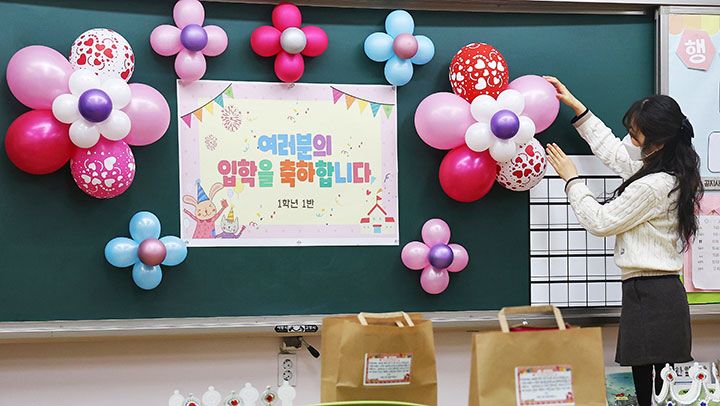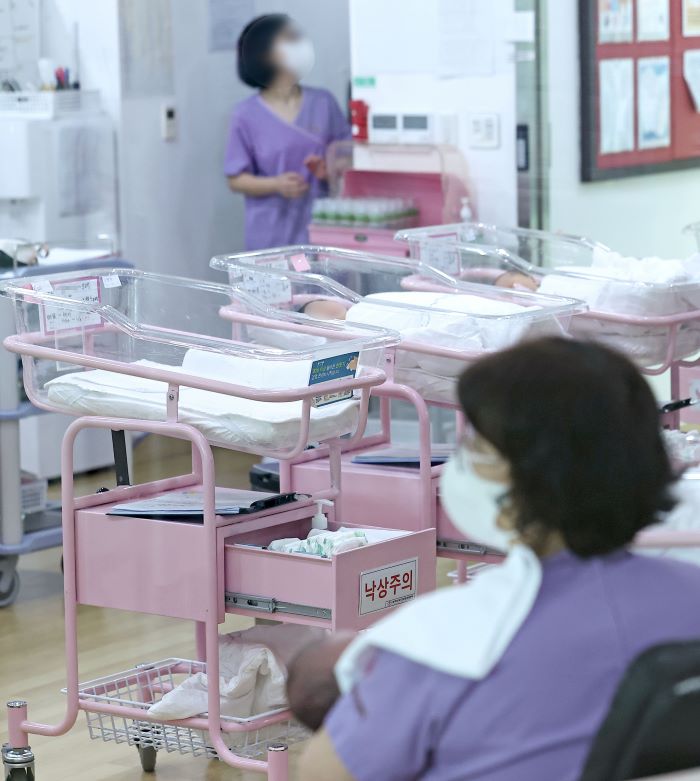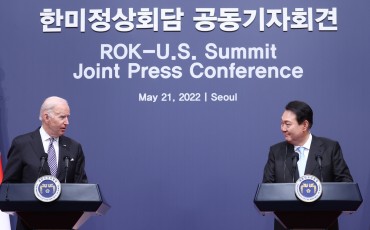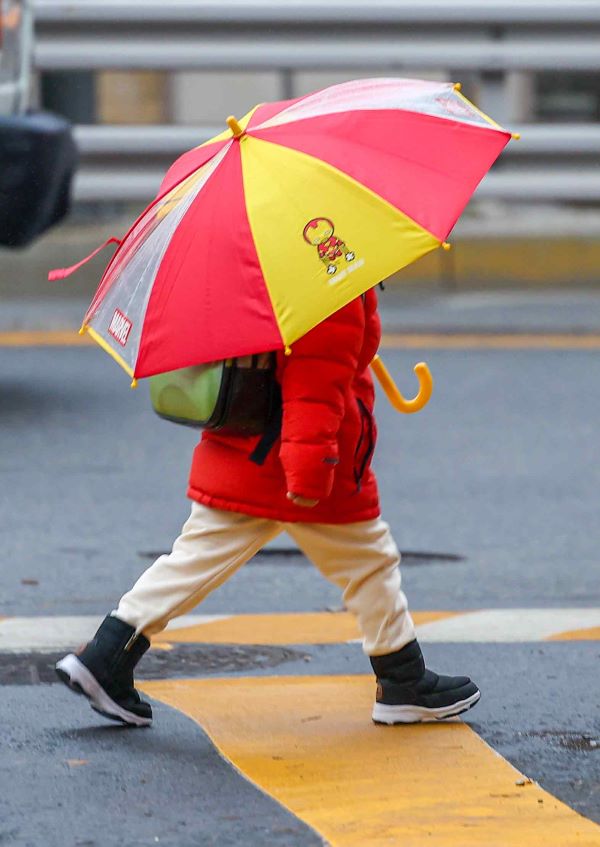
The number of new elementary school students in Seoul this year has plummeted by more than 10 percent from last year, falling below 50,000 for the first time ever. (Yonhap)
SEOUL, Jan. 4 (Korea Bizwire) –South Korea is witnessing a significant impact on its education sector due to a sharp decline in the school-age population, a consequence of the country’s critically low birth rate.
This year, the number of students entering elementary school has fallen below 400,000, and it’s anticipated to soon drop below 300,000. This decline has triggered a series of major shifts, including a decrease in teacher recruitment and the merging or closing of schools.
According to statistics from the Korean Educational Development Institute, the number of first-grade students at elementary schools, which was 657,017 twenty years ago in 2004, decreased significantly to 478,890 in 2014.
The decline has been so steep that this year’s first-grade student count is projected to fall below 400,000 for the first time. Last year, the number barely exceeded 400,000, but with only about 357,800 births in 2017, a significant drop is inevitable.
Considering that only 302,676 children were born in 2019, it’s only a matter of time before the number of school-aged children falls below 200,000.
In Seoul, for example, the number of children eligible for school enrollment has plummeted by 10.3% from last year to 59,492, covering national, public, and private schools. This marks a steep decline from 78,118 in 2019.
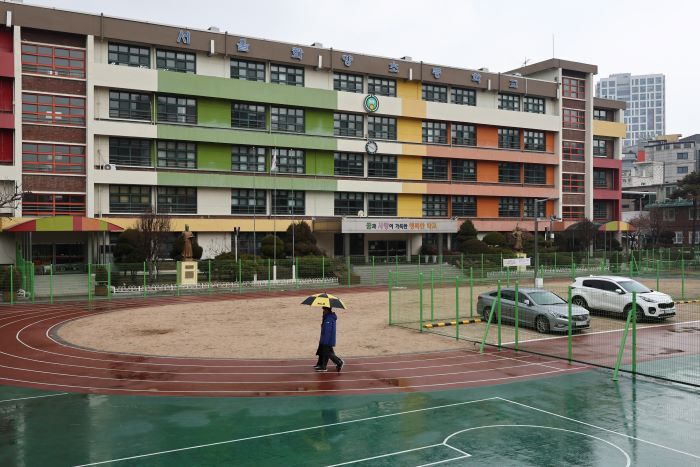
A view of Seoul Hwayang Elementary School in Gwangjin-gu, Seoul, which closed in 2023 due to a plunge in the number of new students. (Yonhap)
The ‘education population cliff’ has also resulted in a decrease in the number of teachers and led to school consolidations. The Ministry of Education and other relevant departments have reduced the number of public school teachers by about 3,000 to 344,900 for the 2023 academic year.
While the decrease in teaching staff for regular subjects in primary, middle, and high schools was offset by an increase in kindergarten, special education, and non-subject teachers (like health, nutrition, library, and counseling), the overall reduction in public school teachers is a first for this year.
The reduction in student numbers has led to a decrease in new teacher appointments. Some regions have experienced a significant ‘employment cliff’, with a marked reduction in the number of newly appointed teachers.
For example, last year, 17 provincial and city education offices nationwide selected 3,157 new public elementary school teachers, 11.3% fewer than the previous year.
In areas like Sejong and North Chungcheong Province, the number of new teachers has dropped by more than 50%, with similar trends in Incheon, Ulsan, North Gyeongsang Province, and Gangwon Province.
These developments have led to under-enrollment in national universities of education, and a general decline in the popularity of education-related courses.
In Seoul, for instance, not a single public kindergarten teacher was hired this year. In other cities, the recruitment numbers for kindergarten teachers are strikingly low.
While the number of public primary, middle, and high schools has not drastically decreased, more and more schools are undergoing mergers or closures due to falling student numbers. This trend is not limited to rural areas but is also noticeable in older urban areas of major cities like Seoul.
According to the Seoul Metropolitan Office of Education, the number of small schools (with fewer than 240 students in elementary and 300 in middle and high schools) increased to 119 in 2022, 84 more than in 2014. In areas with a sharp decline in student numbers, class sizes have dropped to as low as 15 students.
For kindergartens, closures are more common among private institutions. Despite the establishment of 34 new public kindergartens in the 2023 academic year, 141 private kindergartens closed, indicating a net decrease of 121 kindergartens.
Senior Researcher Kang Seong-guk from the Korea Educational Development Institute noted that this trend of decreasing kindergarten students and subsequent closures is indicative of the need for serious consideration of alternative policies in primary, secondary, and kindergarten education.
Amidst this crisis, debates have emerged over the reallocation of education budgets to combat the low birth rate. With the national tax, which forms a significant part of local education budgets, increasing over time, some argue that there’s a surplus in the education sector. This could lead to overspending per student.
The education community contends that despite the declining population, there are still issues such as overcrowded classes in new housing developments and integrated childcare and education policies that require adequate funding.
On the other hand, some suggest reevaluating the allocation of educational funds, arguing that a portion of national taxes dedicated to education should be redirected to address low birth rates.
Recently, the Low Birth and Aging Society Committee proposed using a portion of the education budget to tackle the low birth rate issue, prioritizing measures to increase the birth rate.
However, implementing these changes would require legal amendments and faces significant opposition, making immediate action unlikely.
Kang also emphasized the need for serious contemplation of alternative education policies in light of the decreasing number of kindergarten students and the closure of kindergartens, suggesting that this is now a trend that must be addressed.
M. H. Lee (mhlee@koreabizwire.com)



